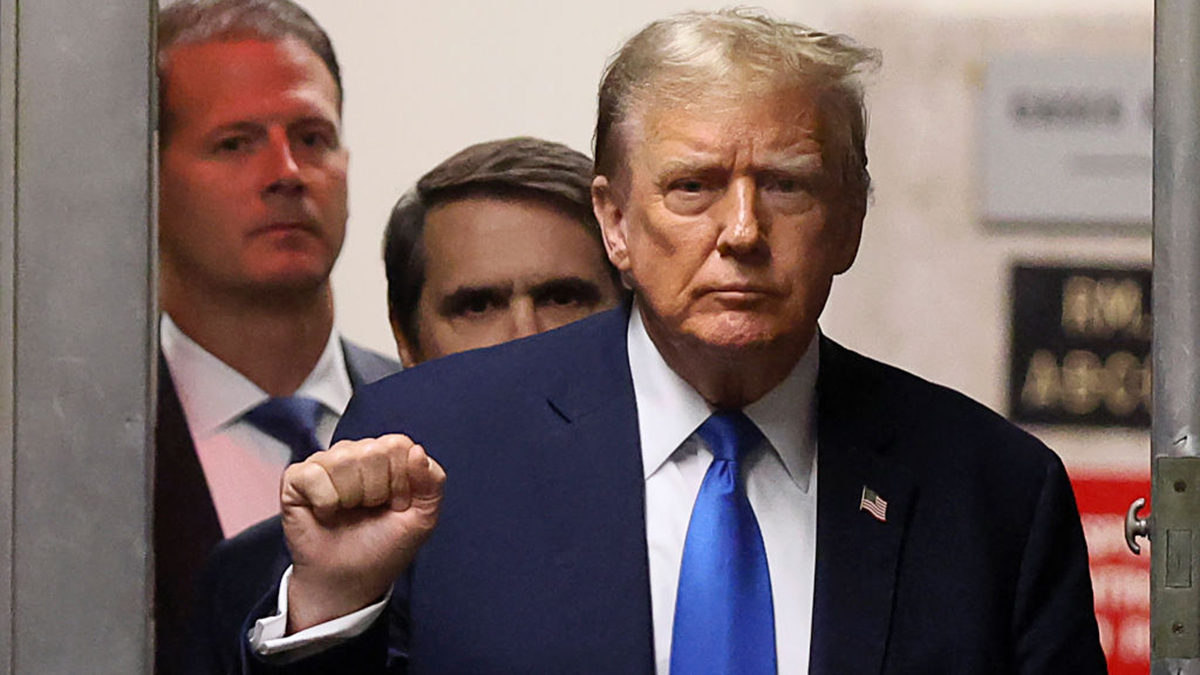It's no secret that Californians have been resistant to raising taxes.
True, recent public opinion surveys show a greater willingness to support temporary taxes this November, although much time remains between now and then.
But in general, the state's voters have not wanted to part with more money for government spending.
Why?
The answer may lie in part with the perceptions of Californians about the tax dollars spent by state government, perceptions that are largely out of touch with reality. But out of touch or not, those values become the foundations from which the voters determine their opinions about tax policy.
The data are compelling. A statewide survey released by the nonpartisan Public Policy Institute of California a few weeks ago found that 47 percent of the respondents believe that prisons and corrections receive the greatest amount of spending in the state budget, whereas only 16 percent think that K-12 public education gets the greatest amount.
These perceptions couldn't be further from the truth. In fact, K-12 public education collects the largest chunk of state dollars, about 41 percent in the current budget. Even at that, California's public education spending now ranks 48th in the nation on a per capita basis. Meanwhile, prisons and corrections receive about 10 percent of the budget, and much of that because of dictates established by the federal courts.
U.S. & World
News from around the country and around the globe
Suddenly, there's an explanation for the public's resistance to more taxes. Why would anyone want to spend more money on prisoners, who are not exactly held in the highest esteem?
But there is hope for the temporary tax advocates. The same PPIC survey found that 72 percent of the voters were willing to support higher taxes for public education, compared with only 13 percent who would support more taxes for prisons and corrections.
All this suggests that the supporters of Governor Brown's November temporary tax proposal have some work ahead.
If people believe that these new funds will go mostly to prisons, they will not be very likely to go along. If, however, they see the funds directed to public education, there will be a greater likelihood of passage.
The question remains, will the voters square perceptions with reality?



